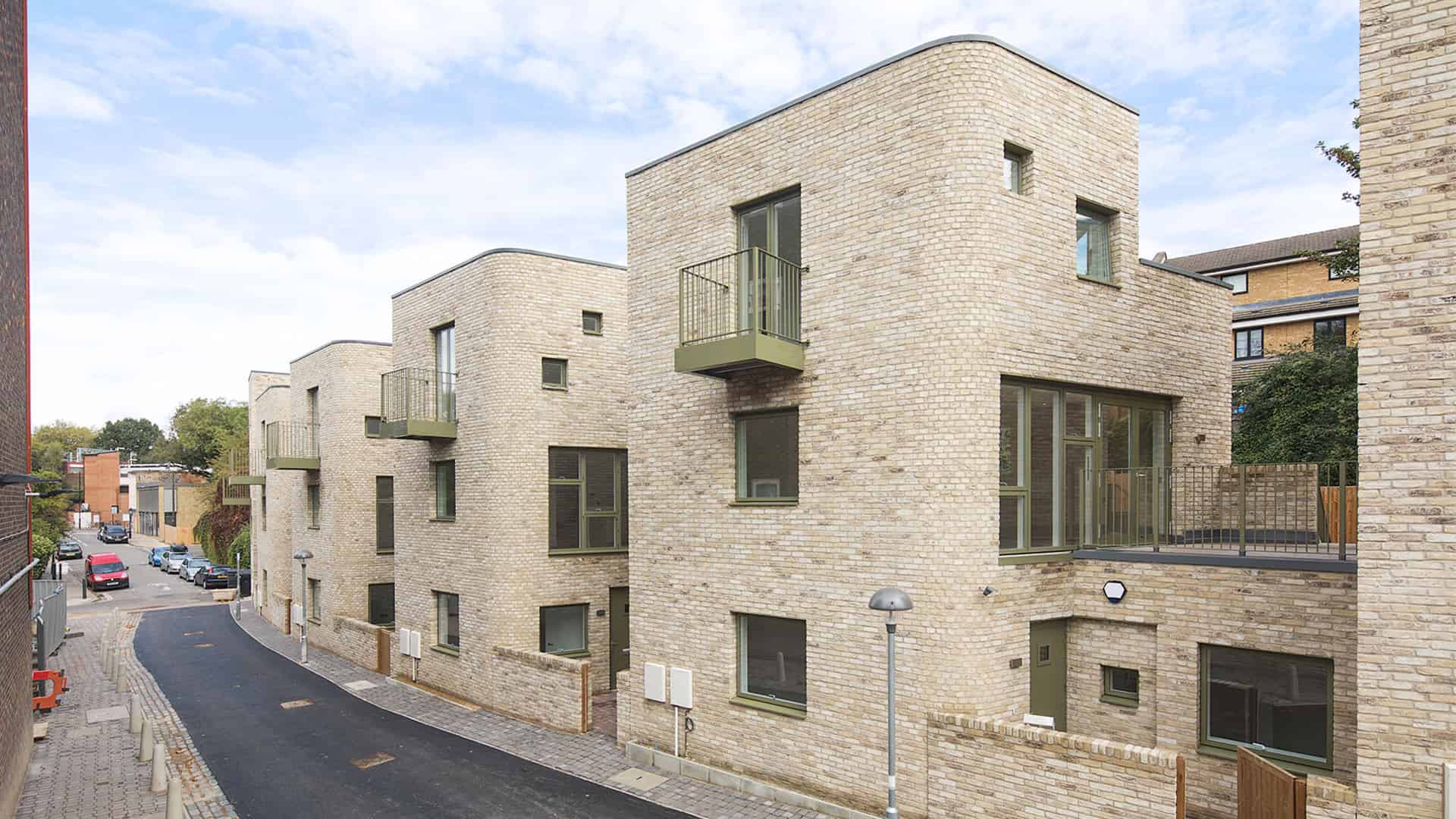Strategies for Crafting Effective Floor Plans
Advice
ArchAdemia Support
How can we help?
Hi! 👋 I'm here to help answer questions about our platform, content, tools and membership options. What can I help you with?
Welcome back!
Sign in to continue your journey with ArchAdemia.
Don't have an account? Sign up here
Monthly Member? Legacy Login


